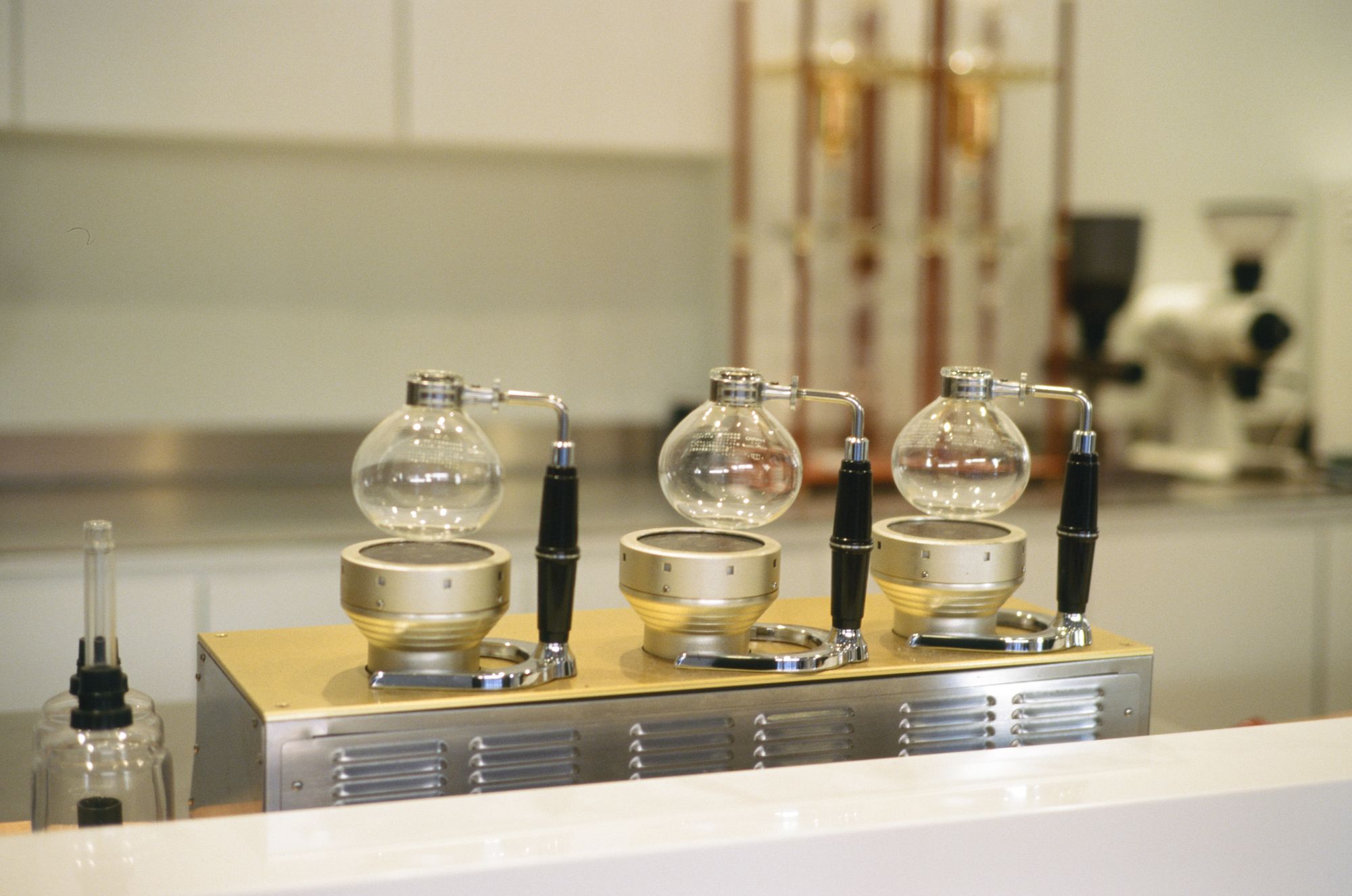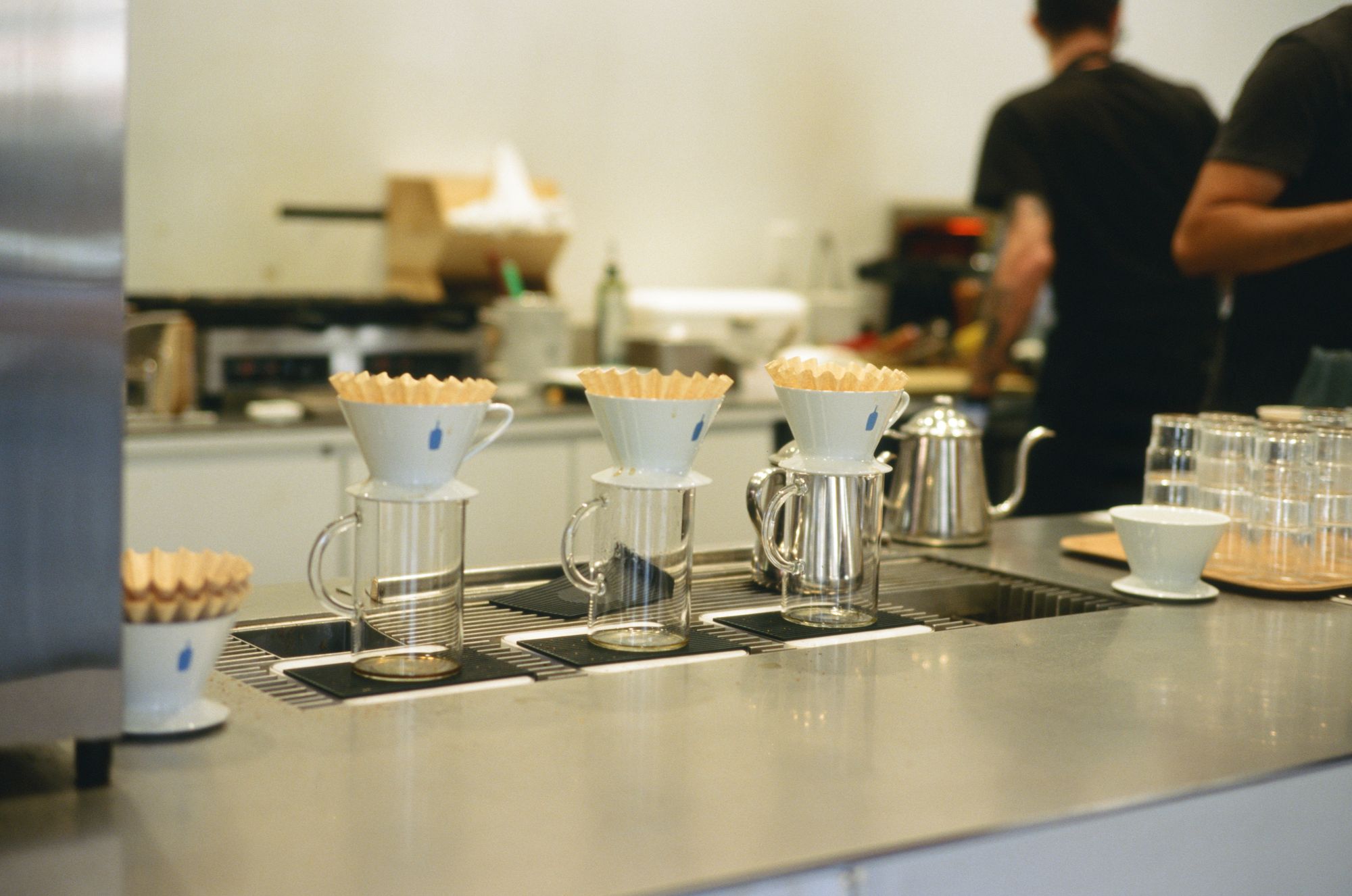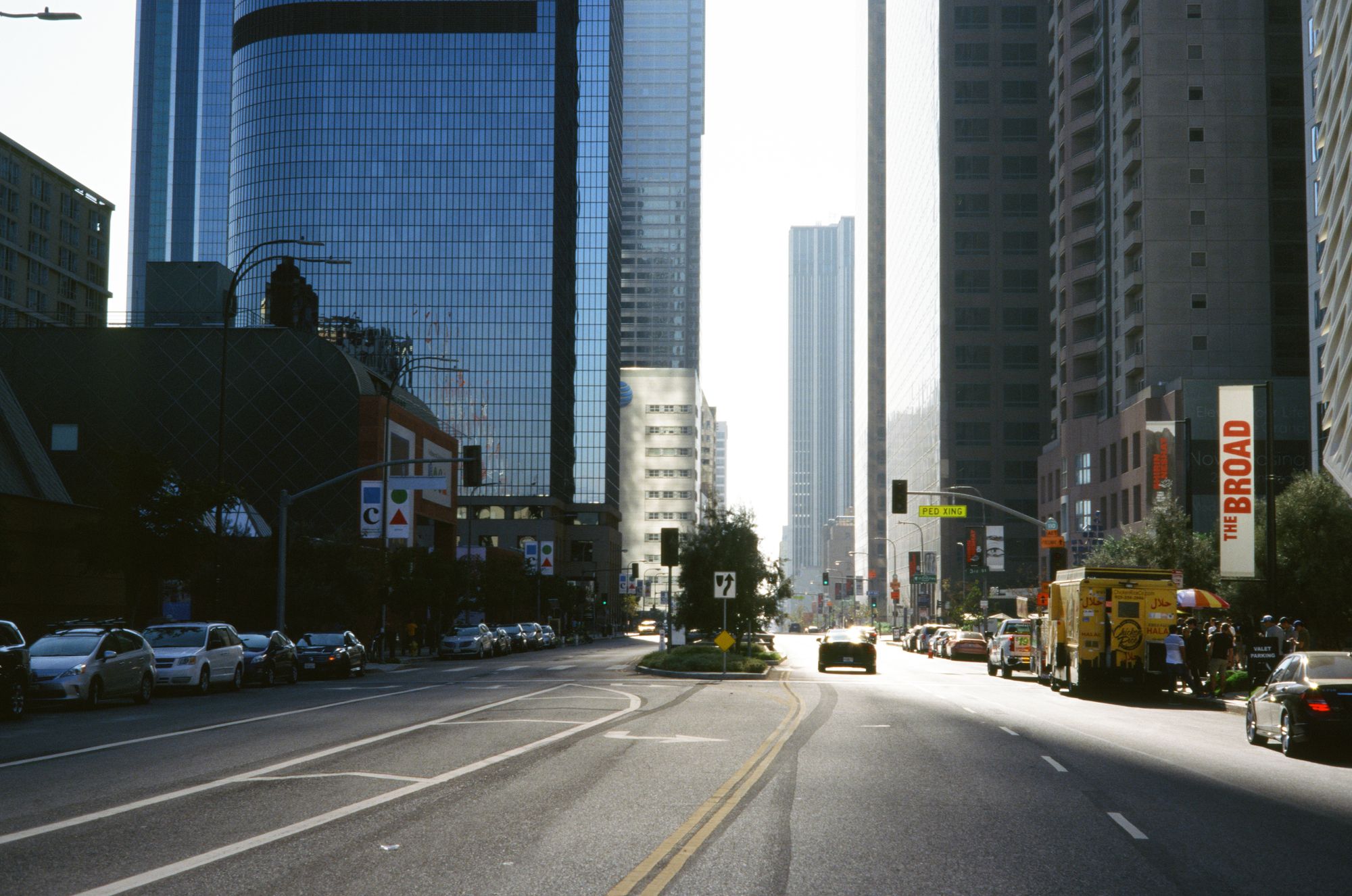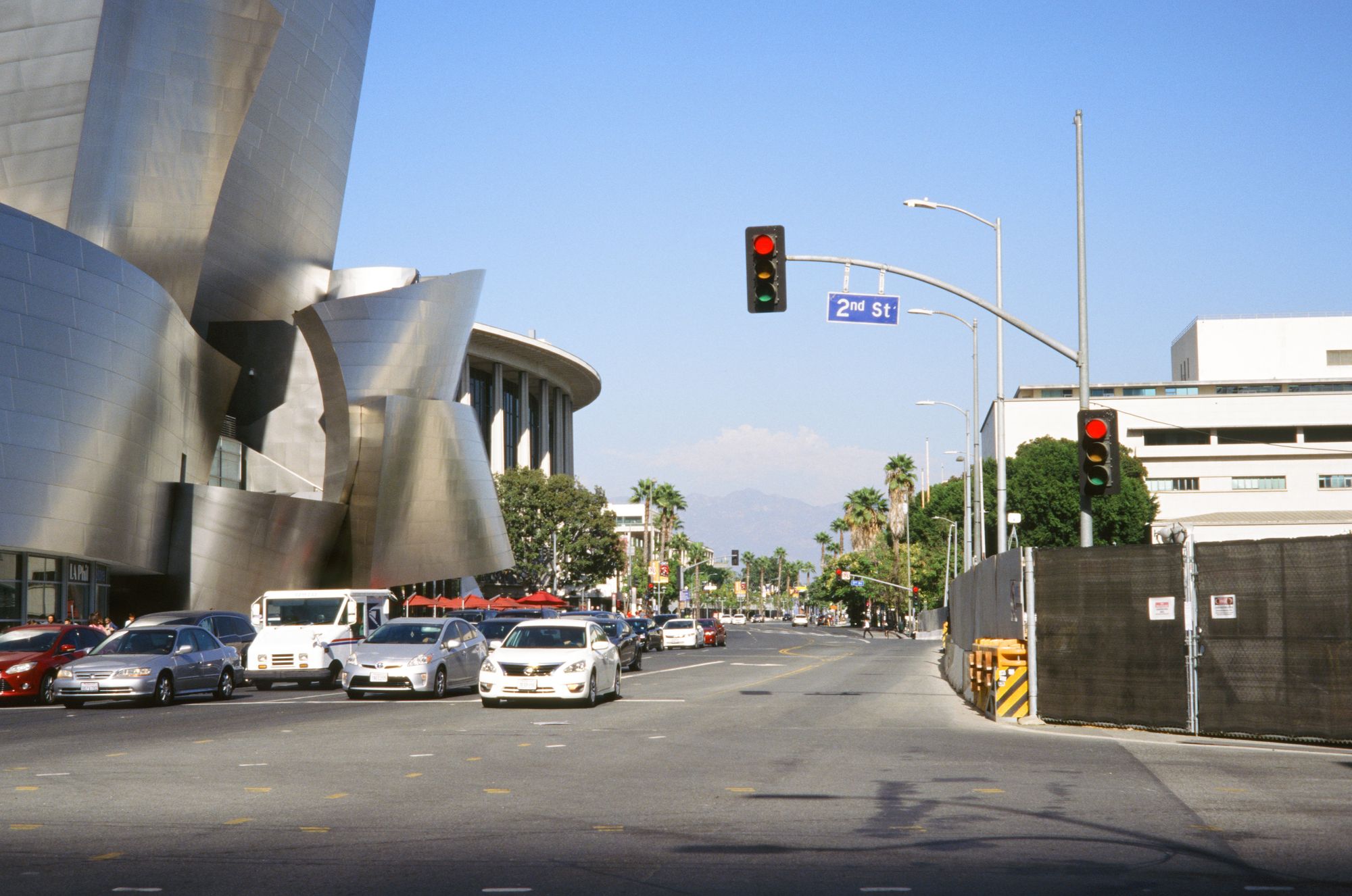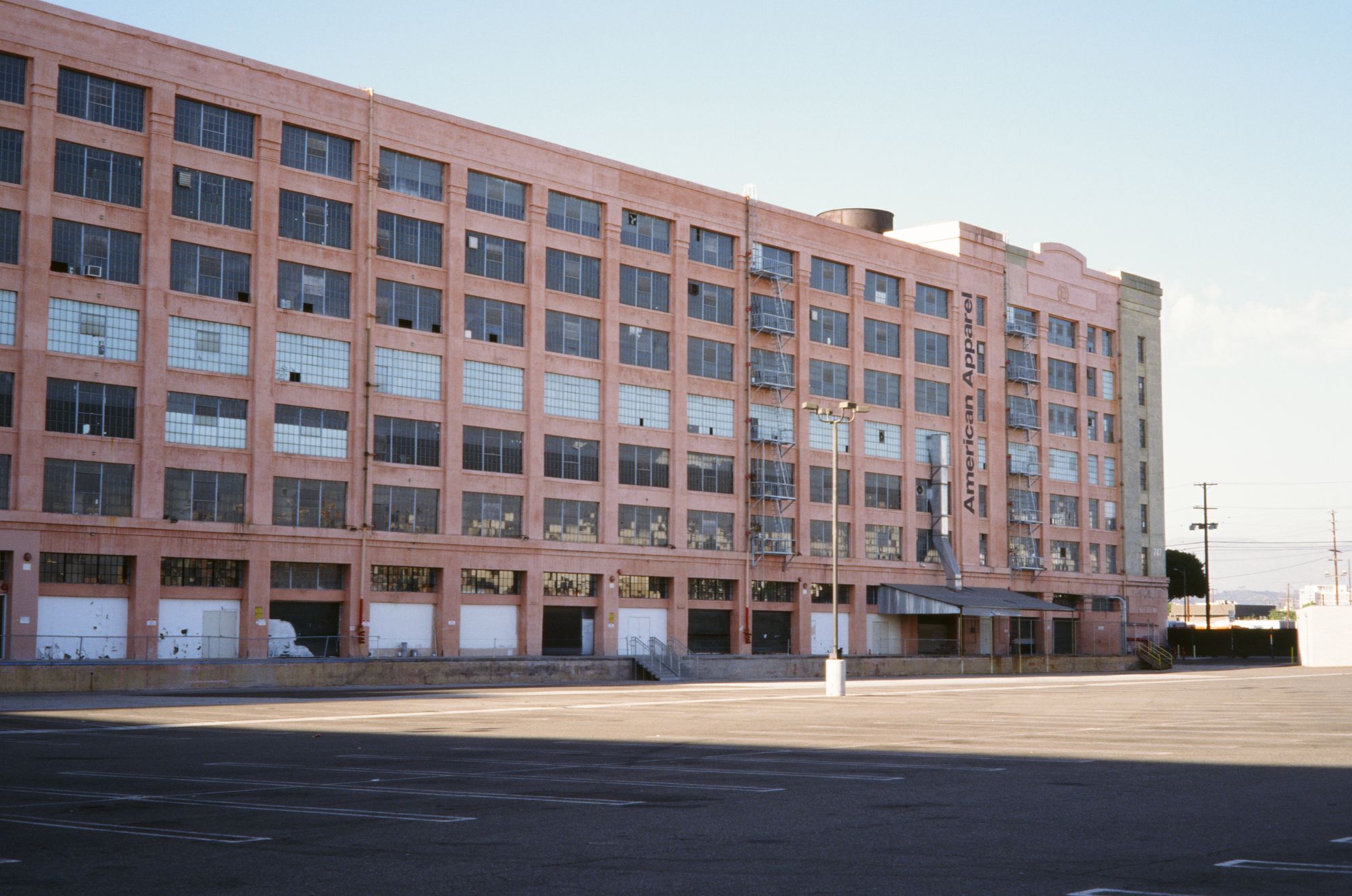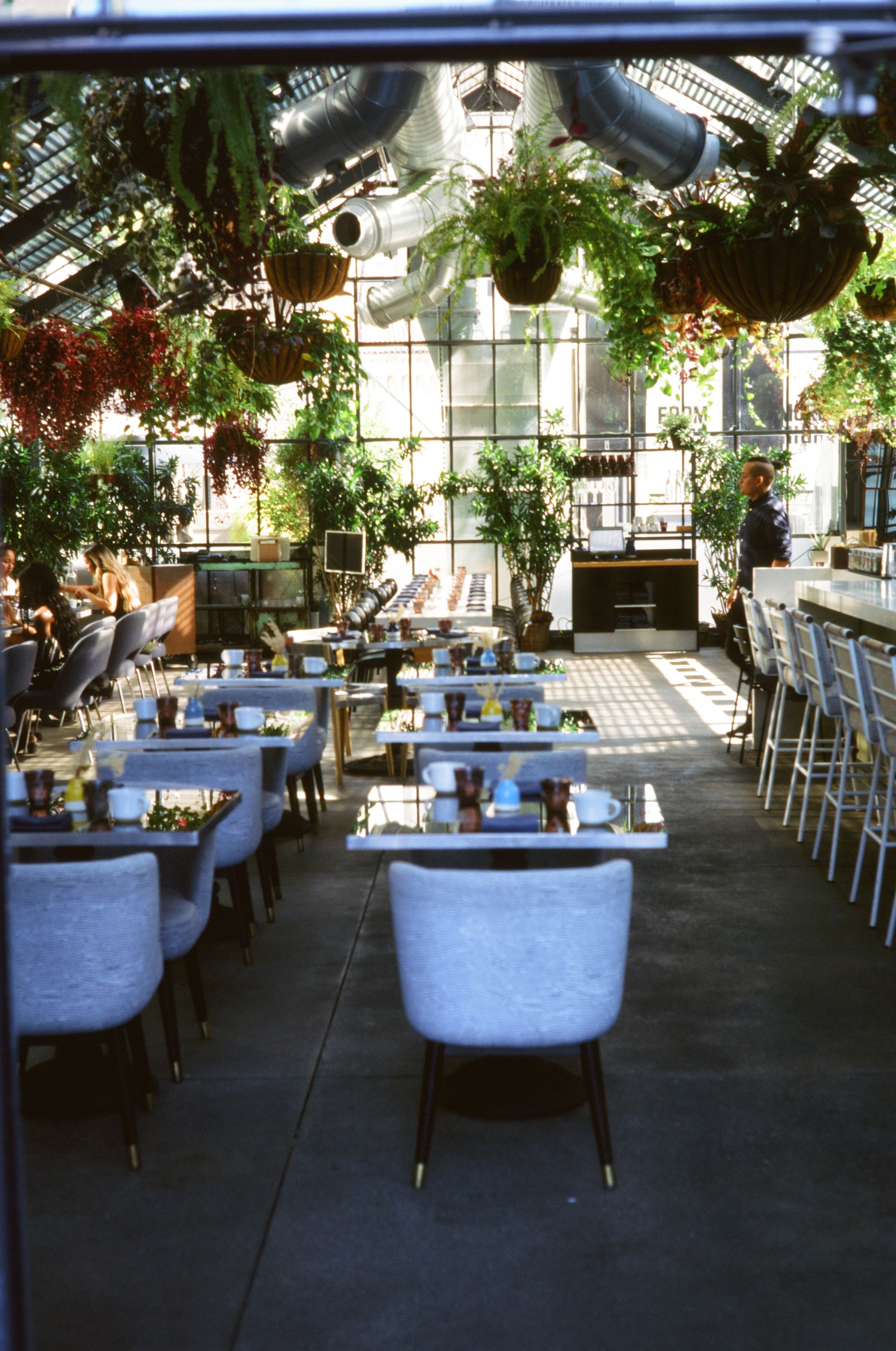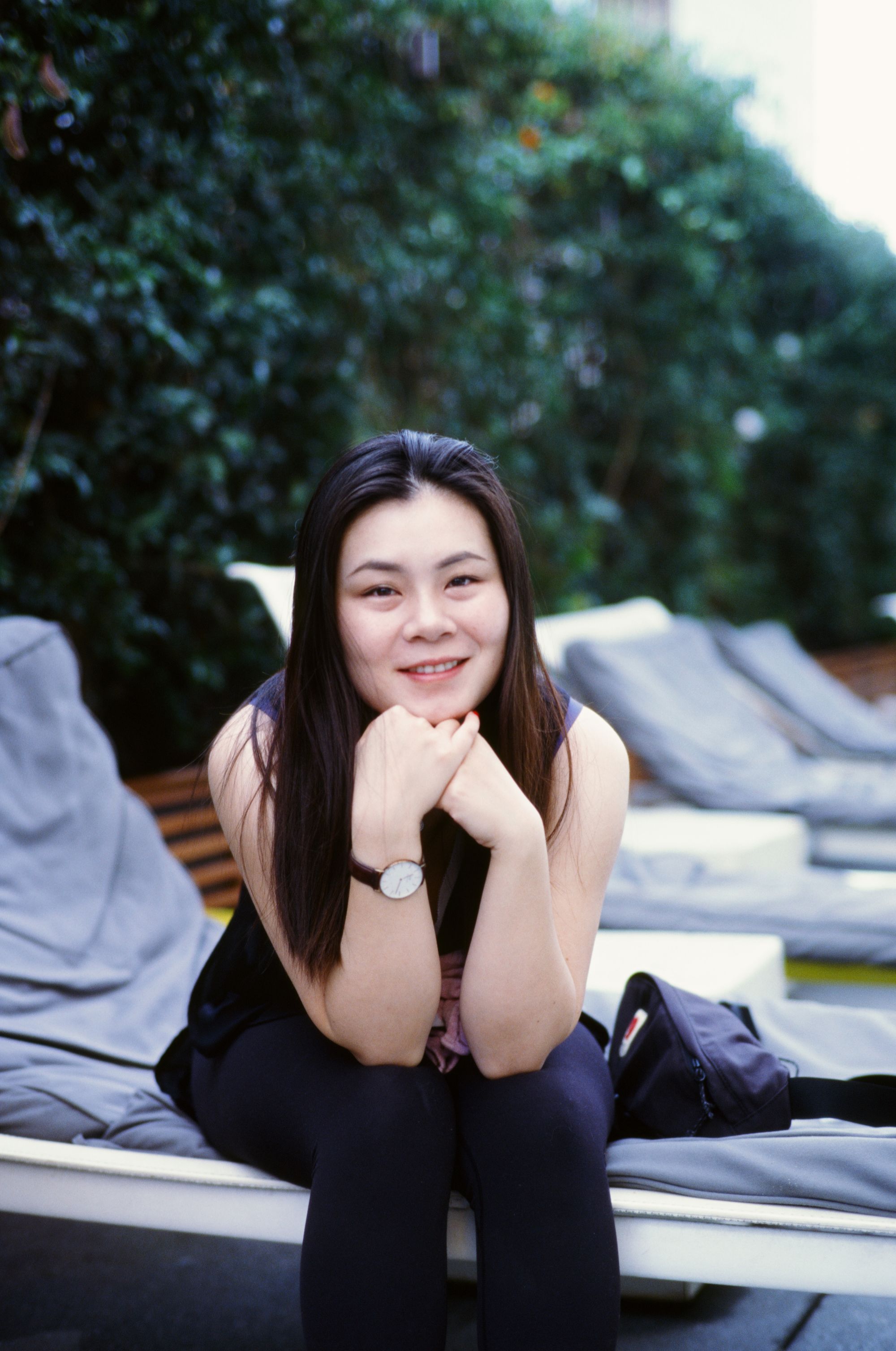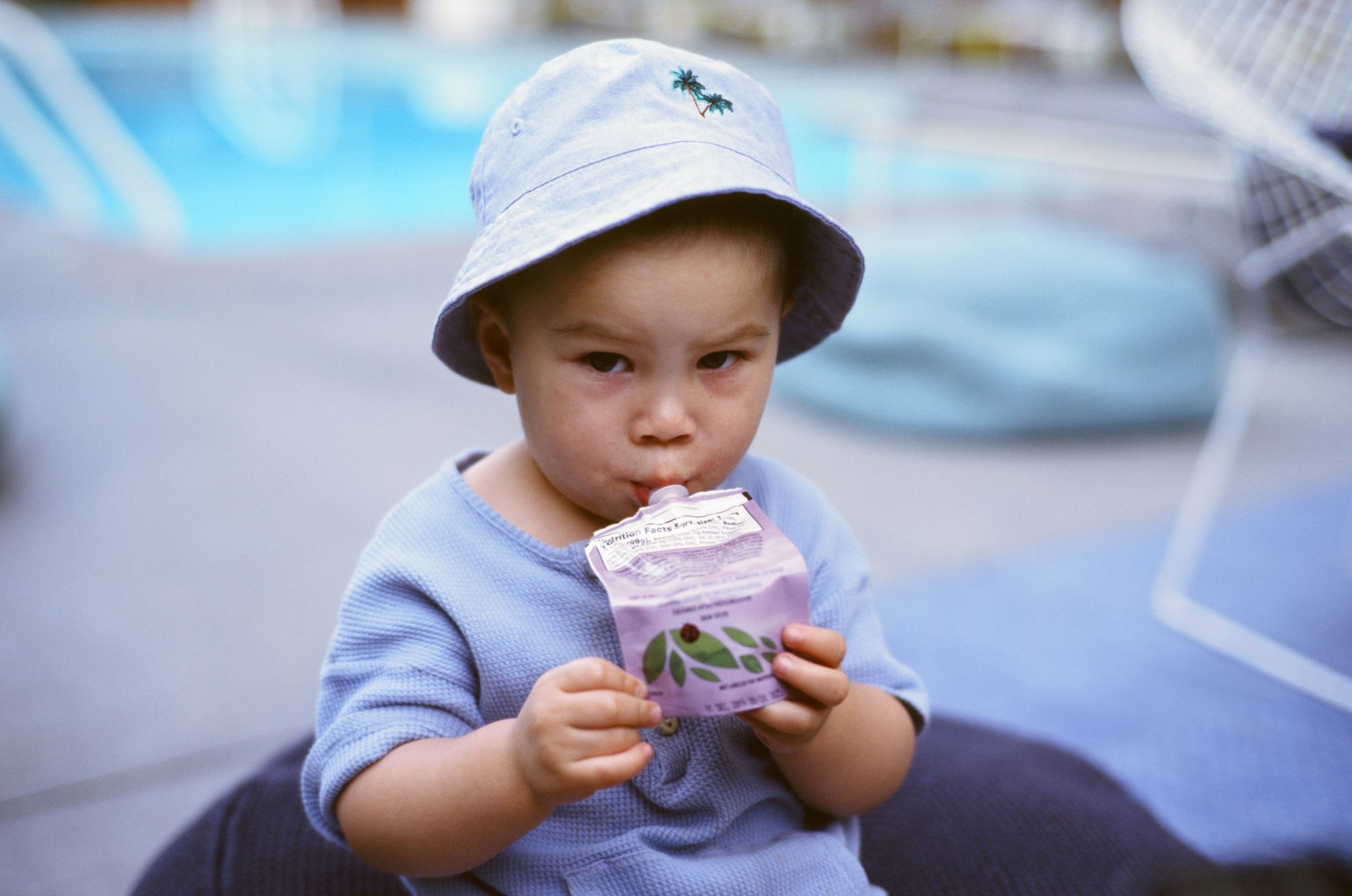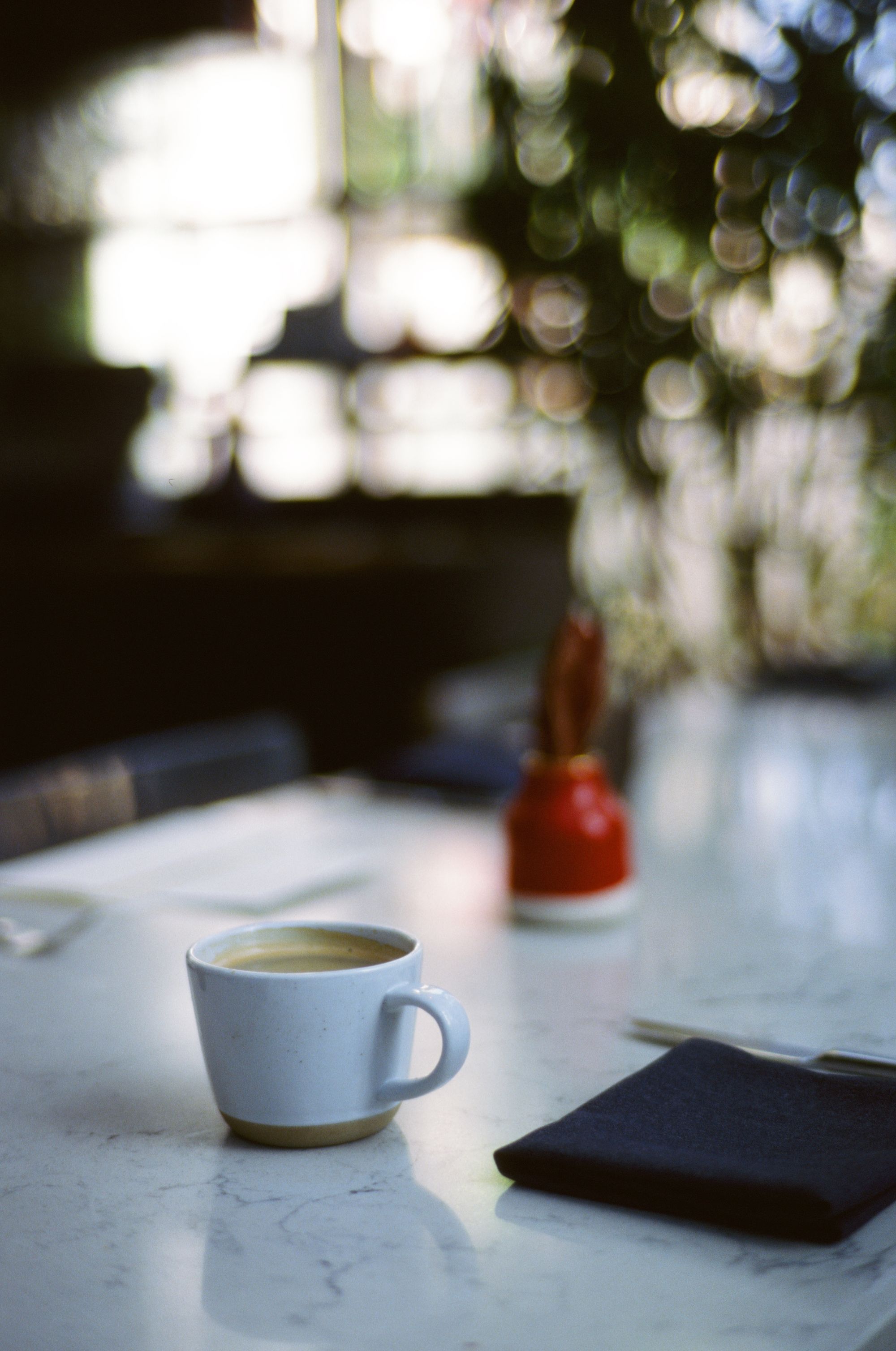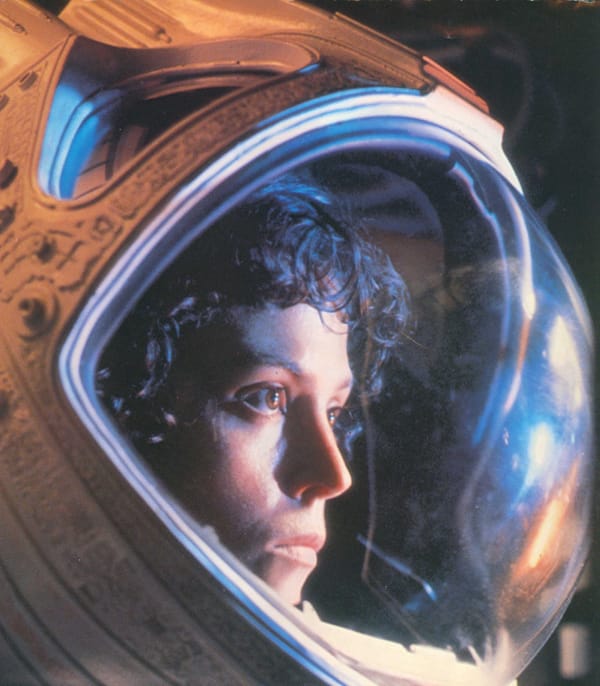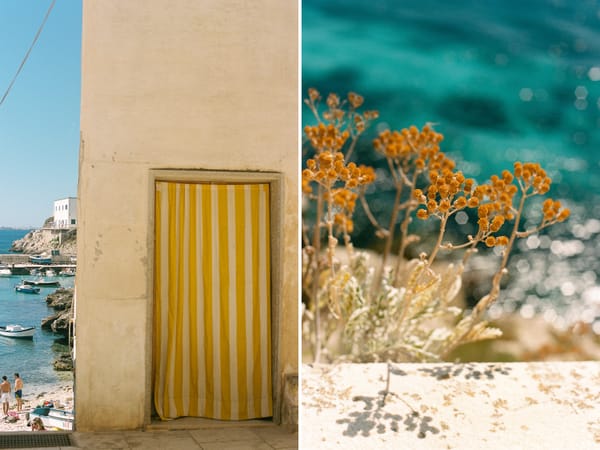A Review Of Kodak Ektachrome E100 Film
Needless to say, the results surprised me. I was half expecting a film that was indistinguishable from most, but the truth is that the results look vastly different from anything else I’ve used in the last ten years. And that’s a great thing.
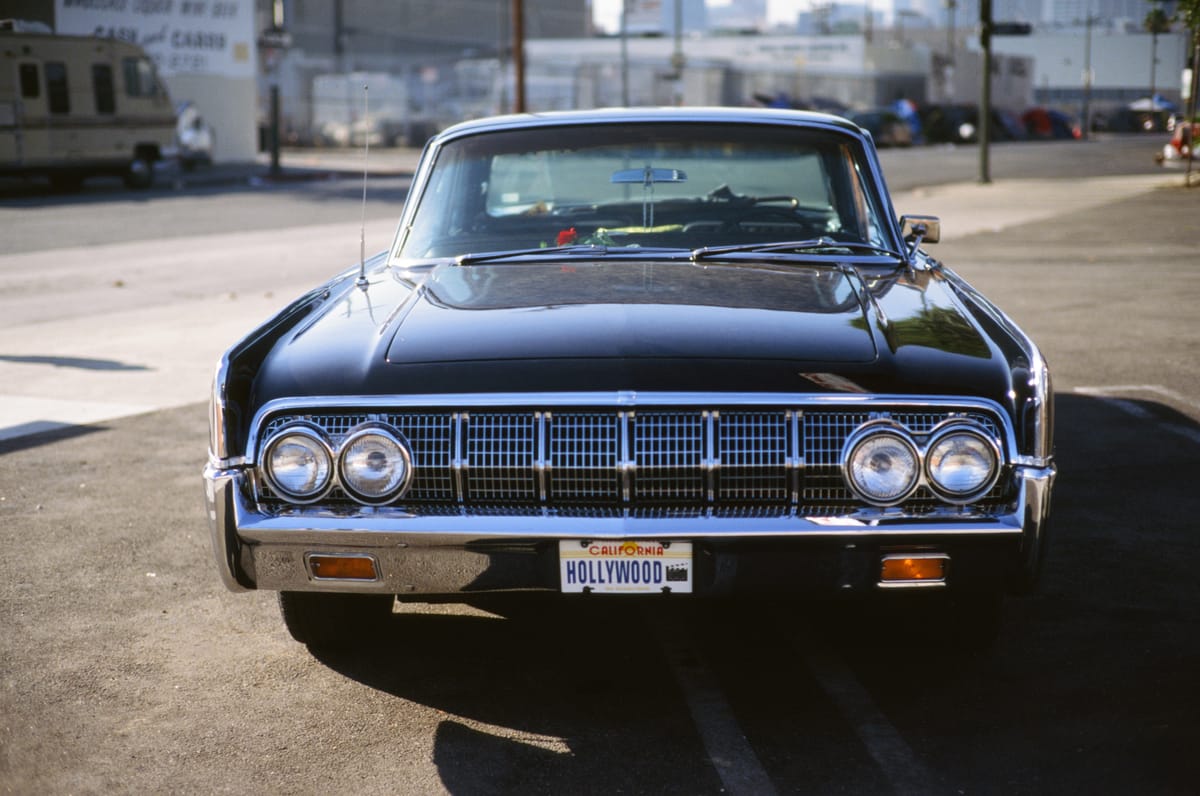
Decaf Journal is reader-supported. When you buy links through our site, we may earn an affiliate commission.
I began shooting film at 17 years old in 2005, just as digital SLRs began overtaking film. My mom loaned me $500 to buy a brand new Canon EOS Elan 7n, and I was over the moon to finally be able to use a “real camera” with manual controls. I’m not sure if it was the cameras themselves or just the post processing software / techniques at the time, but back then the results I’d usually see from digital SLRs consisted of a distinctly flat and uninspired look that screamed DIGITAL. It was clear to me that film was still the quality king, and it’s what an experienced photographer that I respected named Nathan Matthews recommended to me.
I mostly shot color negative films such as Fuji NPS160 (I really loved that film) and Kodak T-MAX 400 for black & white, but everything changed when I started shooting Fuji Sensia 100 and Kodachrome 64 slide films. Slides were primarily what the pros that I admired used, sometimes pushed one stop to increase contrast and saturation.
Slide films always had much less dynamic range and were far less forgiving than negative films. In other words, it was remarkably easy to ruin an exposure. But when you nailed it, nothing compared.
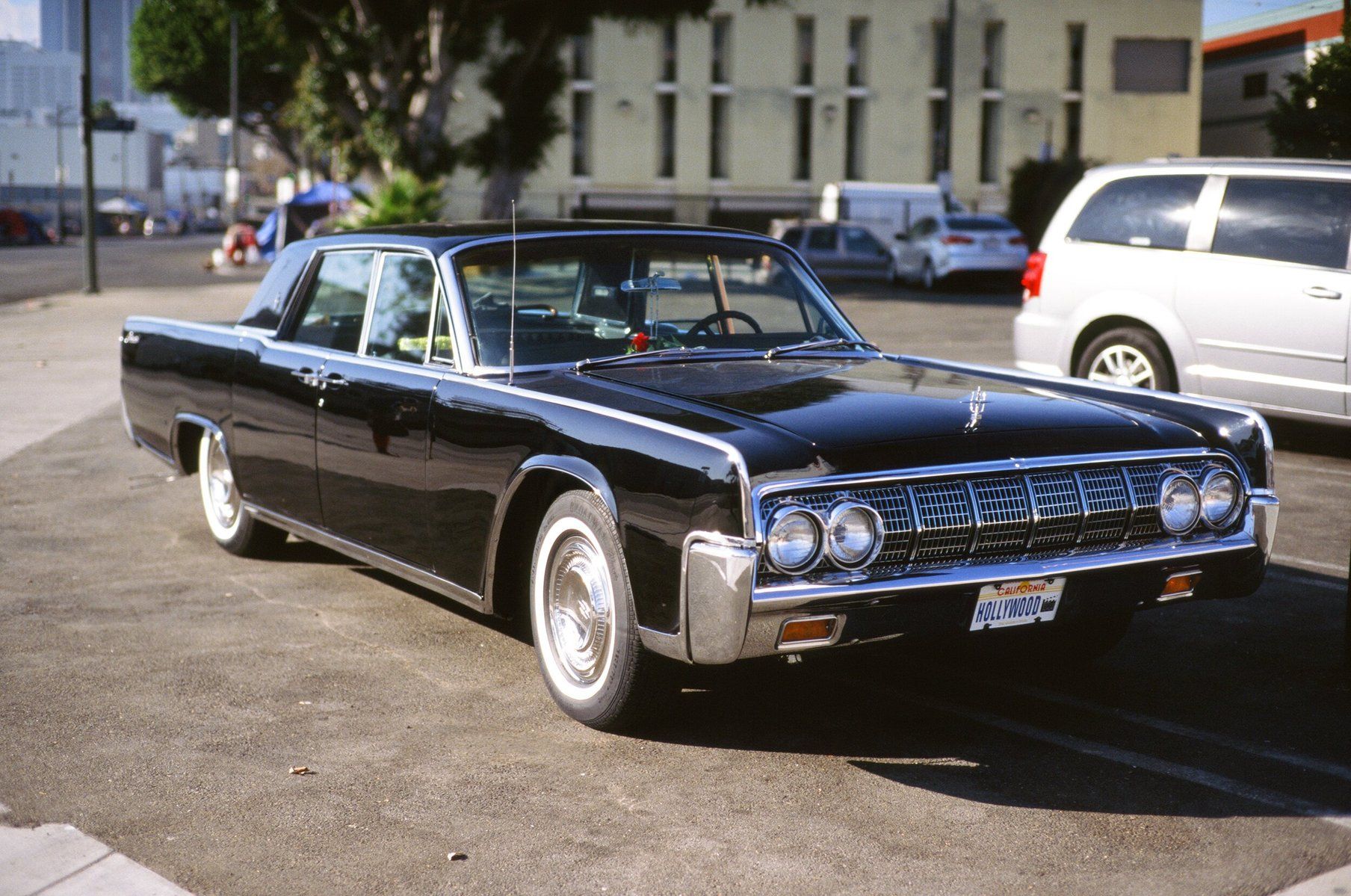
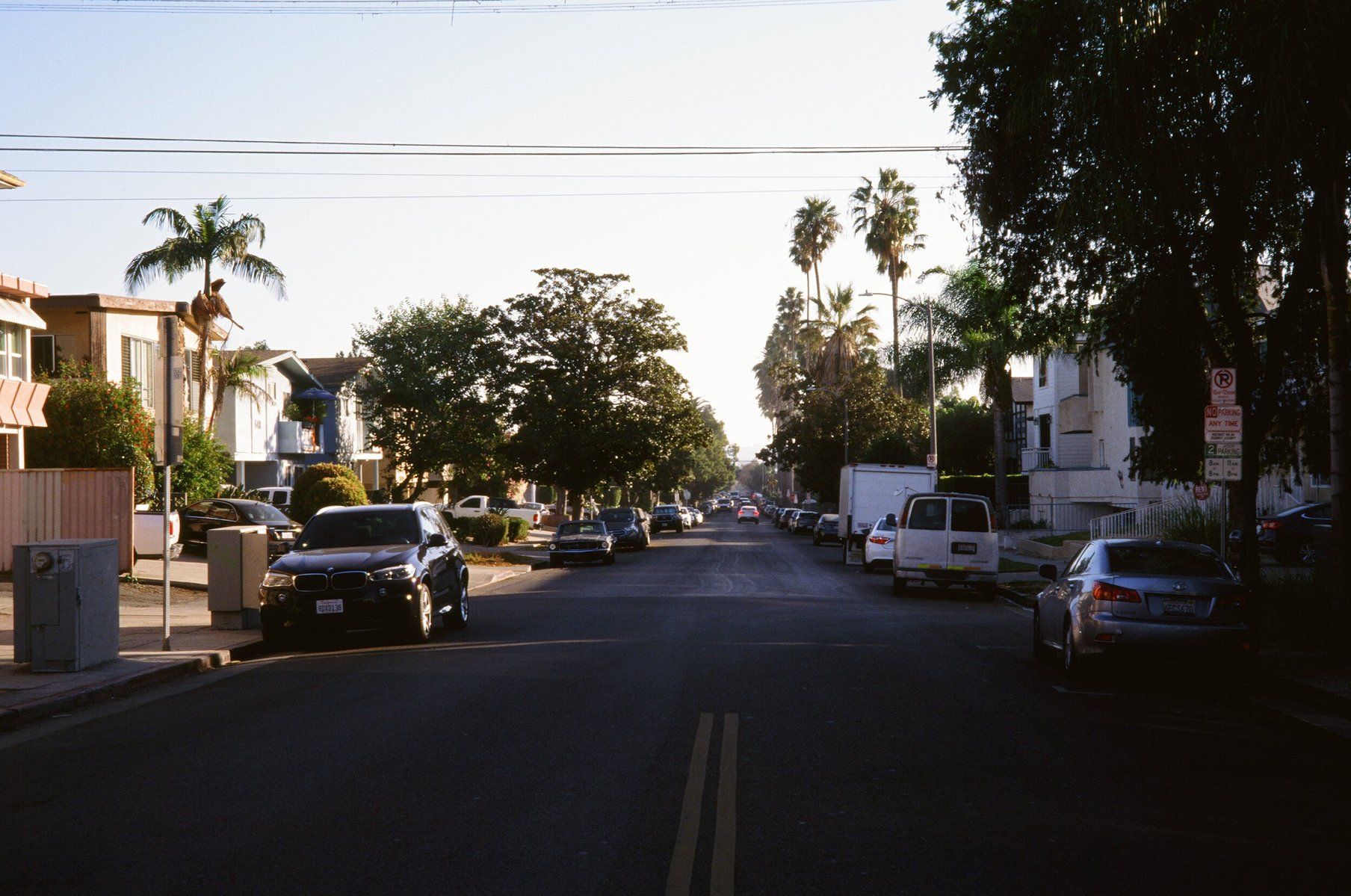
© Nicklaus Walter | Film: Kodak Ektachrome E100 | Camera: Zeiss Ikon ZM | Lens: Zeiss C Sonnar T* 50mm f/1.5 ZM
I worked in a photo lab for several years in Vancouver BC, and saw firsthand how slide film fell out of favour with the photo community after the legendary Kodak Kodachrome was discontinued in 2010. I vividly remember receiving calls from angry customers after the announcement was made that we could no longer process their beloved film.
I was only the messenger, but we were all in mourning and I was just as upset as they were. Kodak Ektachrome was slowly phased out a couple of years later during analog film’s darkest time, but by that point I’d already lost interest seeing as how photo labs that had been in business for decades were closing left and right.
I noticed with the film resurgence a few years later, it was as if the community had mostly forgotten about slide film. Perhaps because it had become such a hassle to get processed.
This time around, color negative film was all I ever heard anyone talking about, always being praised for its endless highlight retention and pastel color palette when overexposed. I had all but forgotten that slide film even existed, and got a real sense of satisfaction from shooting Kodak Portra 160, my favourite negative film.

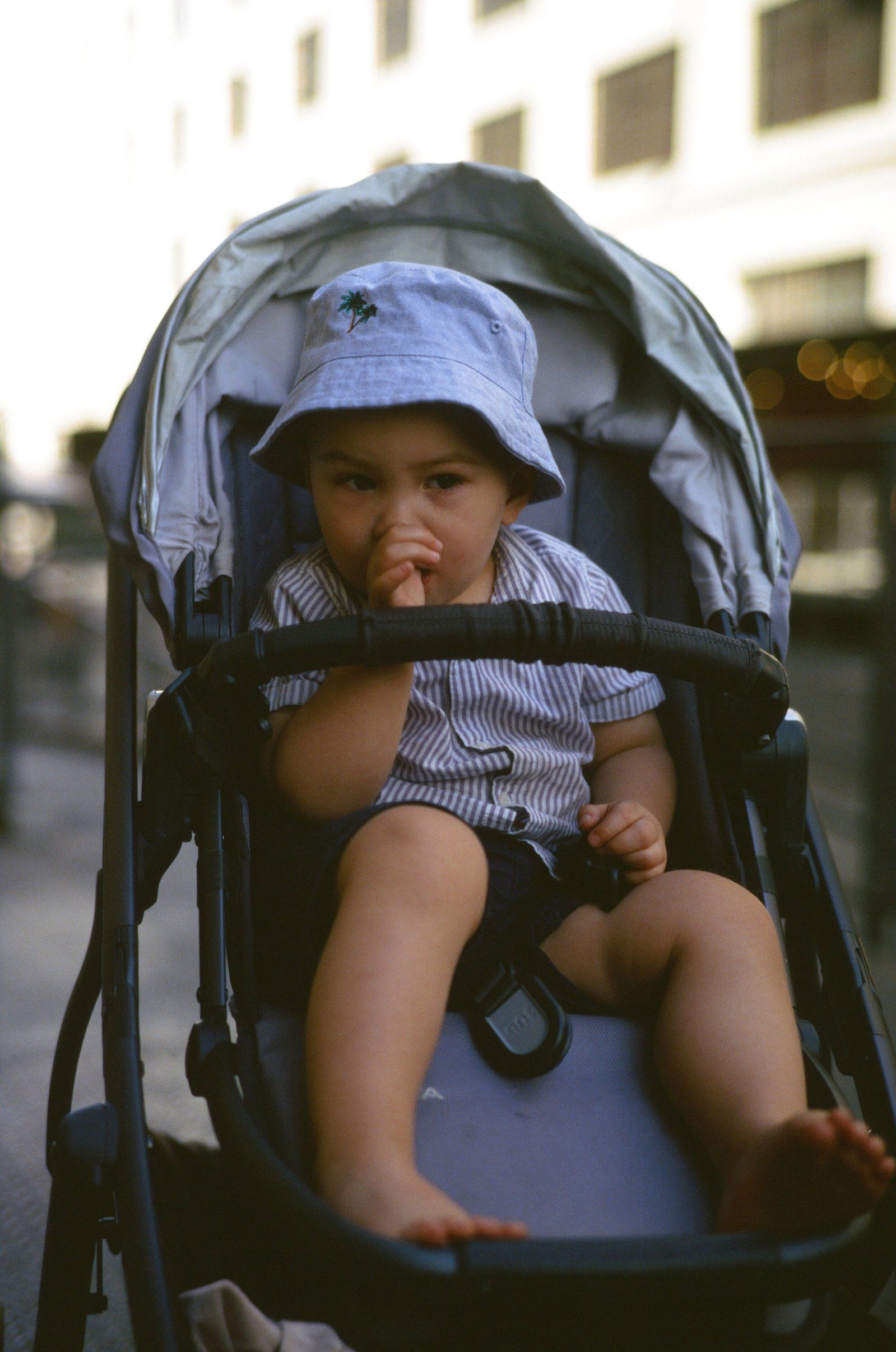
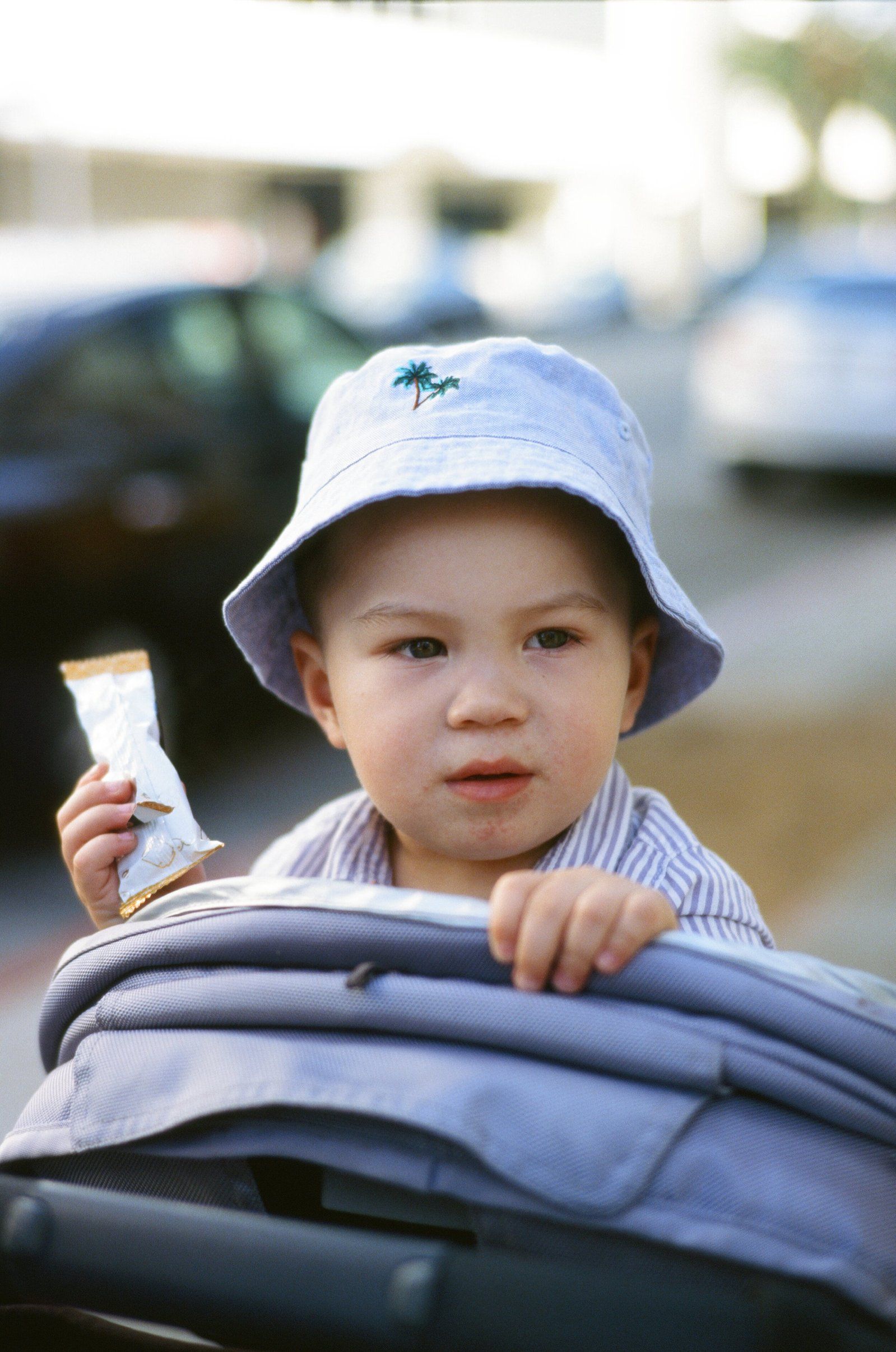
© Nicklaus Walter | Film: Kodak Ektachrome E100 | Camera: Zeiss Ikon ZM | Lens: Zeiss C Sonnar T* 50mm f/1.5 ZM
Thankfully for all of us, Ektachrome E100 was reintroduced in late 2018 for the 35mm format. I was excited when I first heard the announcement, but honestly wasn’t impressed by the samples I’d seen right up until I used it myself. For whatever reason, I was secretly hoping it would look similar to Kodachrome with its breathtaking interpretation of the world. Ektachrome, while still beautiful happens to be more subtle, and the subtlety was lost on me at first glance.
In late summer 2019, my wife and I decided to take a little family vacation to Los Angeles for a week so I figured it could be a fun time to finally experiment and give Ektachrome a try. Needless to say, the results surprised me. I was half expecting a film that was indistinguishable from most, but the truth is that the results look vastly different from anything else I’ve used in the last ten years. And that’s a great thing.
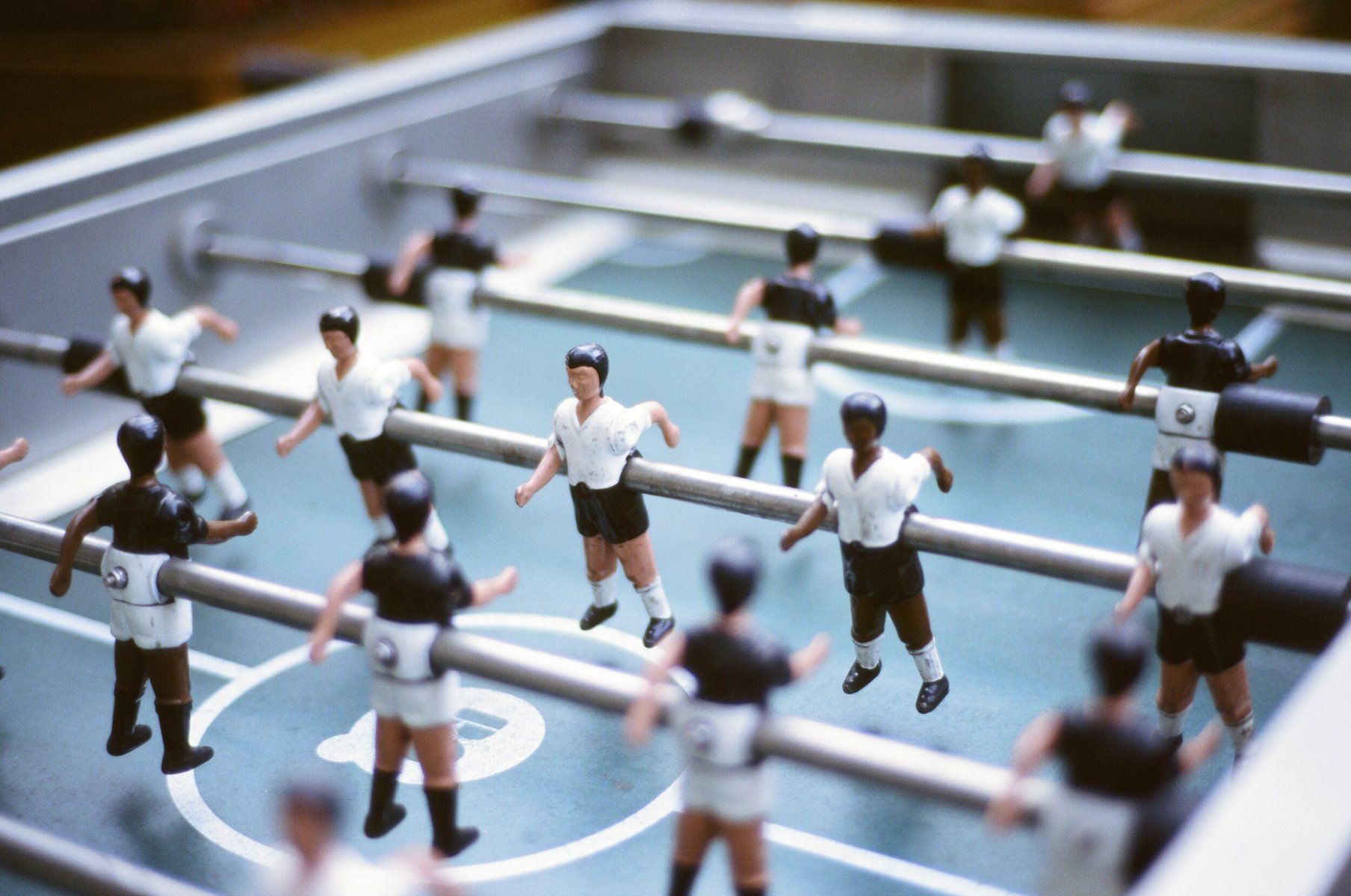
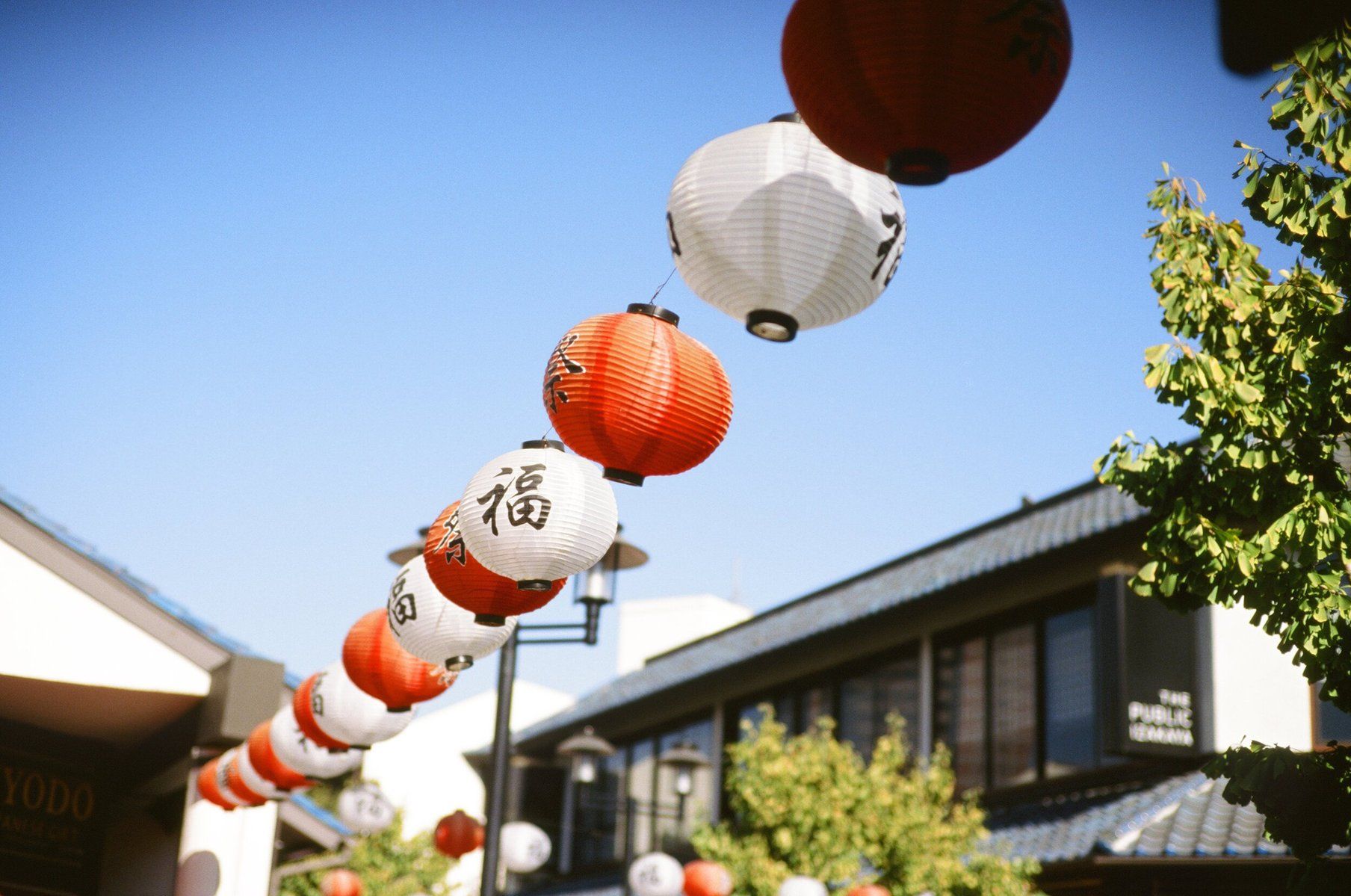
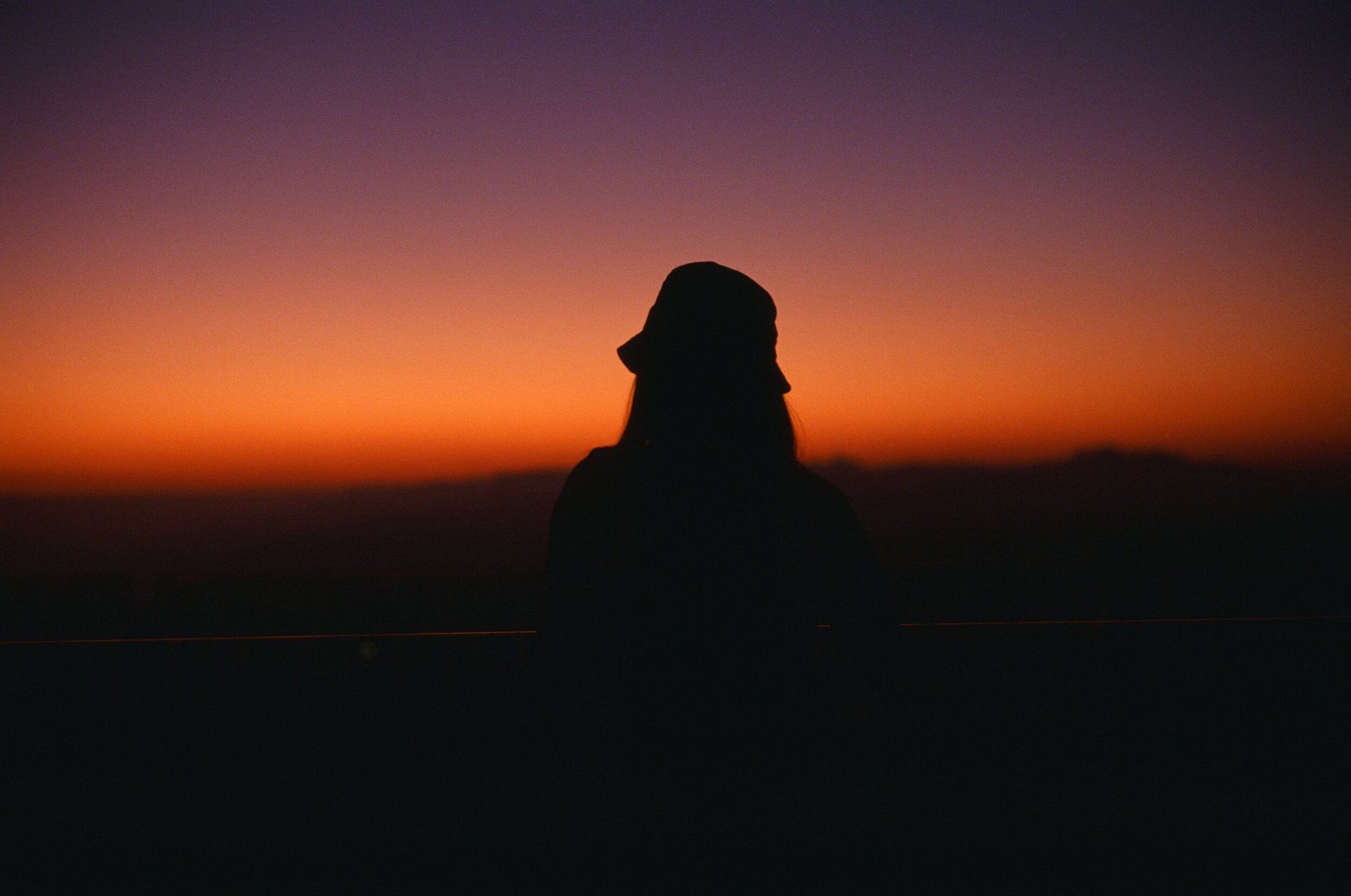
© Nicklaus Walter | Film: Kodak Ektachrome E100 | Camera: Zeiss Ikon ZM | Lens: Zeiss C Sonnar T* 50mm f/1.5 ZM
The eternal summer of Los Angeles was an interesting test subject for this film. Though I metered at box speed, I blew the exposure on many shots that had high contrast scenes. Bright highlights mixed with deep shadows are particularly challenging for this film. This is par for the course with slide film, but you’ll want to be extra careful with metering for Ektachrome E100 if you’re used to shooting color negative films.
I have to say, overall I very much enjoyed shooting with Ektachrome. My favourite subject to photograph is people, and skin tones are rendered quite nicely. Maybe not up to the same caliber as Kodak Portra 160, but the difference is refreshing nonetheless.
In general, colors aren’t super saturated but the overall contrast of images is quite punchy thanks to this being a slide film. All of this adds up to a film with a classic look that can’t be replicated elsewhere, and shooting this film is a quick way to differentiate your work from the crowd.
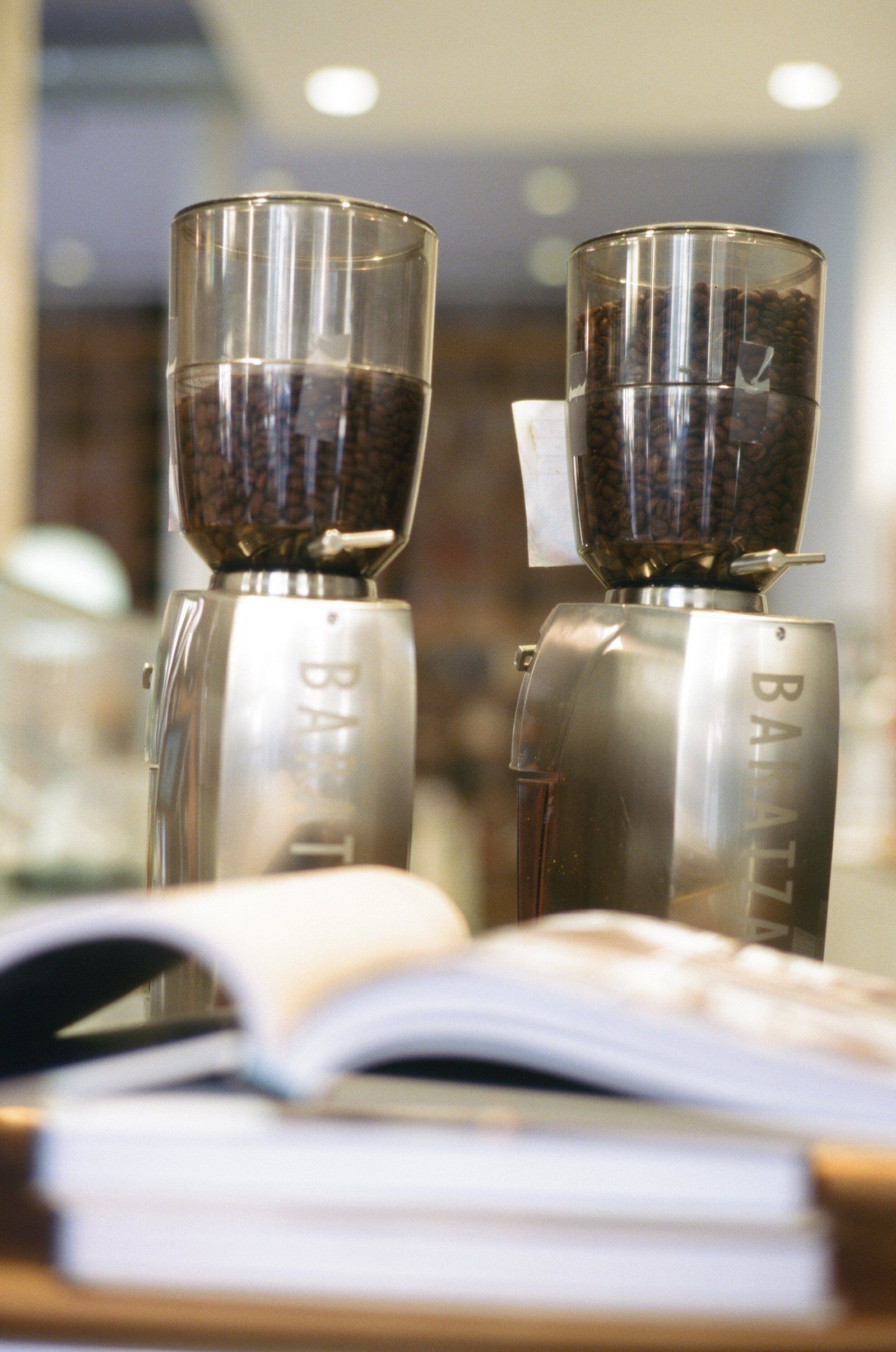
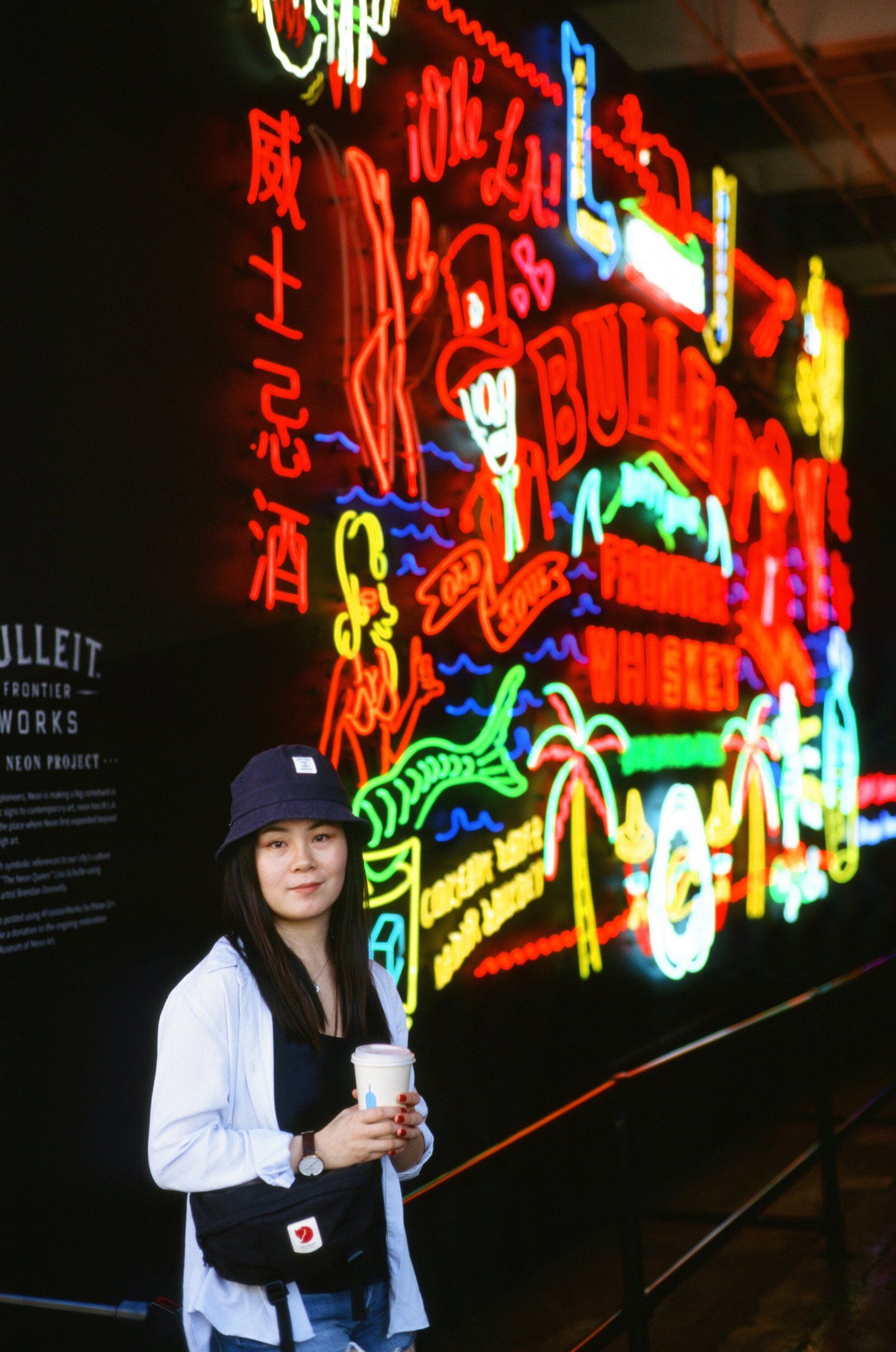
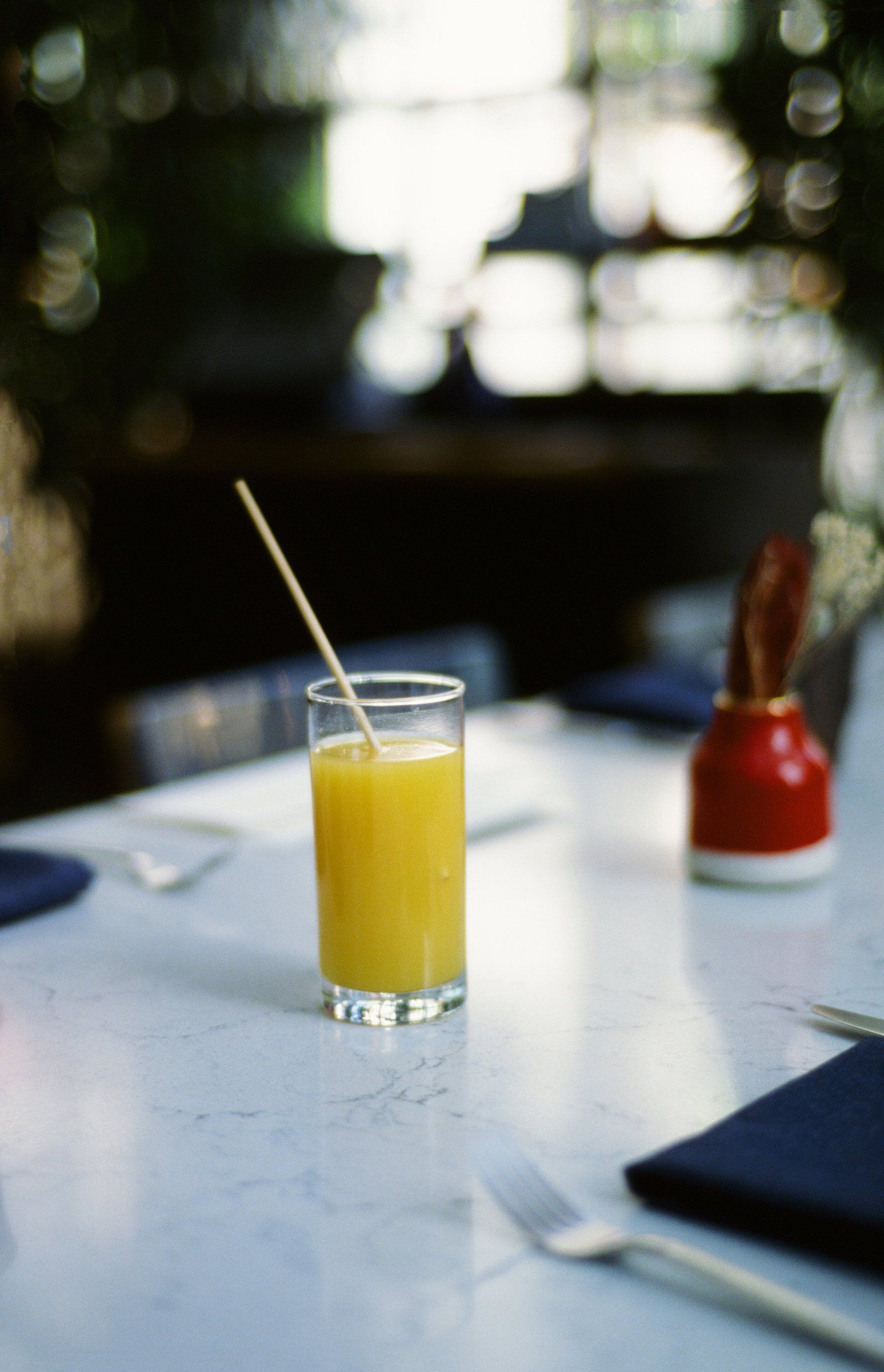
© Nicklaus Walter | Film: Kodak Ektachrome E100 | Camera: Zeiss Ikon ZM | Lens: Zeiss C Sonnar T* 50mm f/1.5 ZM
After shooting a few rolls, I can wholeheartedly recommend Kodak Ektrachome E100 to anyone looking to add a unique rendering to their toolkit. Not only that, but holding the physical slides up to a light source is an enjoyable, tactile experience that I hope every photographer has a chance to try. Yes, it’s an expensive film and certainly not the easiest to expose properly, but the results are unique and honestly it’s just a lot of fun to shoot slide film.
You can find more Ektachrome sample images from my trip below. All images in this post were made with the Zeiss Ikon ZM camera and Zeiss 50mm 1.5 Sonnar ZM lens.
